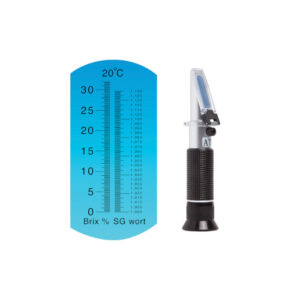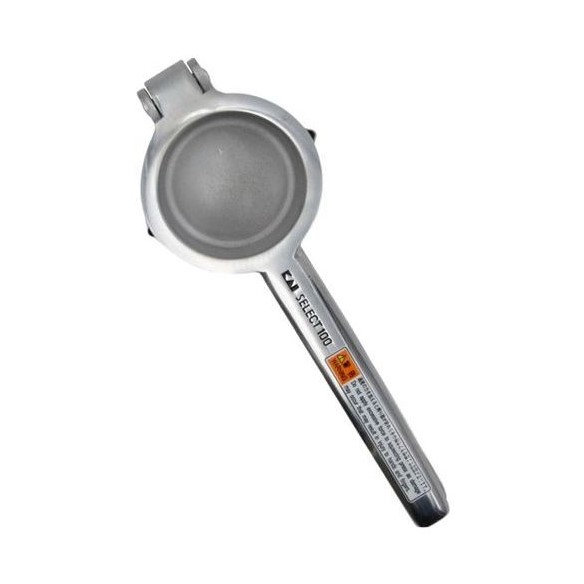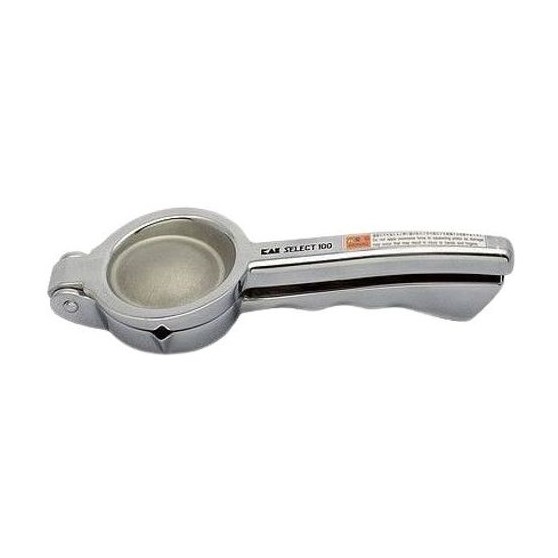Refractometers
Generally, a refractometer needs to be calibrated daily. The prism is a mechanical item, so it does not shift in its properties.
A prism-based optical refractometer can lose accuracy in a few ways:
• Human error: Reading the scale on an optical refractometer can be subjective and prone to mistakes. Digital refractometers eliminate this issue.
• Limited range: For a wider range of refractive indexes, the scale on an optical refractometer becomes compressed, making it harder to read precise values.
• Temperature sensitivity: The refractive index of a liquid can change slightly with temperature. If the refractometer and sample aren’t at the same temperature, the reading can be inaccurate.
• Calibration: Over time, the prism and other components in a refractometer can drift slightly, requiring recalibration to maintain accuracy.
Digital refractometers can mitigate some of these issues, but even they have limitations in accuracy. The accuracy of a refractometer, regardless of type, is usually specified in its manual and is typically around ±0.1% or ±0.0002 for high-precision models.
For the Brix refractometer 45-82%, for example, there are commercial brix standards that you can purchase. Else, owing to the remarkably consistent properties of extra-virgin olive oil, one drop of it on the slide will always read between 71 and 72 on the Brix scale. If you set the lock-nut to show any such oil at 71.5, you will have correctly calibrated the water content scale at the same time.
For brix refractometers that start at zero, urine and serum protein refractometers, you set the horizon at zero using water as the calibration medium.
-
 Add to cartQuick View
Add to cartQuick View -
 Add to cartQuick View
Add to cartQuick View -
 Add to cartQuick View
Add to cartQuick View -
 Add to cartQuick View
Add to cartQuick View -
 Add to cartQuick View
Add to cartQuick View -
 Add to cartQuick View
Add to cartQuick View -
 Add to cartQuick View
Add to cartQuick View -
 Add to cartQuick View
Add to cartQuick View -
 Add to cartQuick View
Add to cartQuick View -
 Add to cartQuick View
Add to cartQuick View -

 Add to cartQuick View
Add to cartQuick View -

 Add to cartQuick View
Add to cartQuick View


